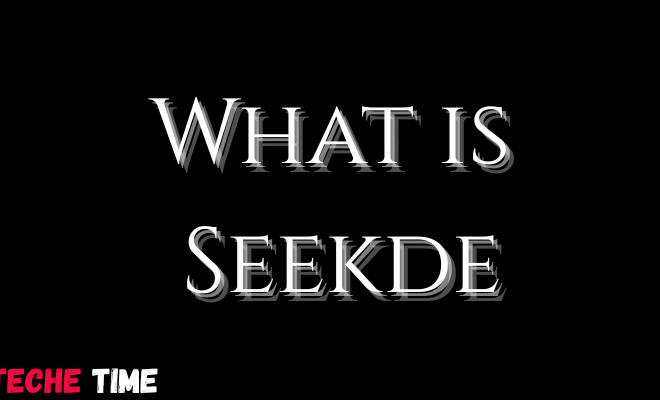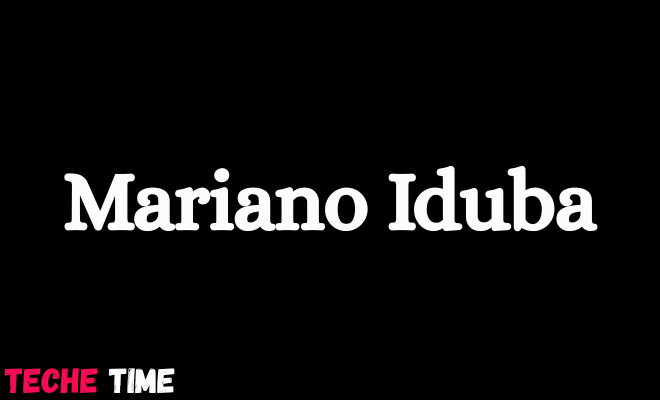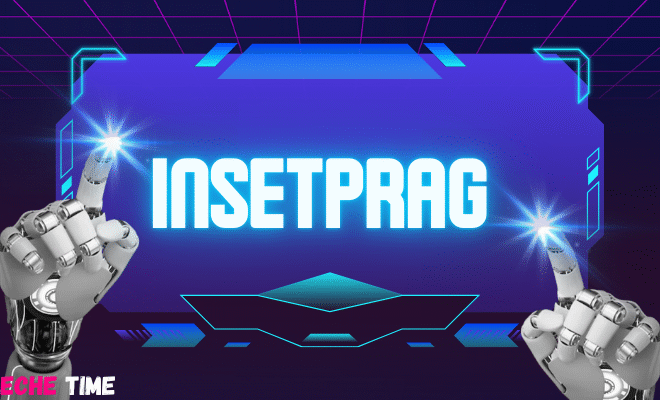
Beyond Likes and Followers: How to Measure the Success of a Social Media Workshop
Quantifying the impact of a social media workshop can be as enigmatic as it is crucial. How do we move beyond the vanity metrics of likes and followers to gauge success?
A thriving social media workshop imparts actionable skills. Yet its effectiveness often eludes simple measurement. We’re delving deep to discover genuine progress indicators beyond surface-level numbers.
Marketing workshops promise transformation. But do they deliver change that can be seen and measured? Let’s unravel the metrics that matter.
Participant Engagement Levels
Engagement levels tell a deeper story. Attendees who are active during sessions show learning. Comments and questions indicate material relevance and absorption.
Engagement often forecasts practical applications after workshops. Consider these metrics for participant engagement:
Time spent in active discussion
Frequency of questions asked
Posts and comments in workshop forums
Involvement in breakout sessions
Each factor hints at the impact of marketing workshops. They reveal participants’ commitment and learning eagerness. This information helps refine future workshop content and delivery.
Knowledge Retention and Transfer
Knowledge retention is a measure of a workshop’s efficacy. Participants who recall teachings show success signs.
Discussion or quizzes post-event can test retention. Attendees must apply lessons in real-life contexts.
The transferability of skills to daily tasks is key. Content content creator classes often focus on practical skills.
Retained knowledge must lead to professional enhancement. Here are essential retention metrics:
Quiz scores post-workshop
Use of learned tactics
Improved content quality
Tracking these can show knowledge’s staying power. They confirm the real-world utility of creator classes. Real application signifies the workshop’s ultimate triumph.
Increase in Digital Footprint
An increased digital footprint often suggests workshop success. It reflects participants’ online activity expansion post-training. Assessing this growth can be insightful.
Key metrics include:
More frequent social posts
Broader content reach
Growth in online interactions
Increased sharing signals heightened confidence. Engagement expands networks and influence.
This amplification echoes workshop effectiveness. Analyze these trends to confirm skill application.
Quality of Network Growth
Quality network growth stands central. It reflects influence and worth. Look beyond mere follower counts.
Seek meaningful connections instead. Assess network quality growth:
Observe enhanced audience interaction
Track collaboration and partnership offers
Measure referral traffic increases
Networking value trumps numbers alone. Quality connections yield lasting benefits. Consider these interactions a success.
Content Creation Impact
The impact on content creation post-workshop can be substantial. Assess this impact carefully. Consider these key metrics:
Rise in content production rate
Content gains more audience shares
Increased thought leadership recognition
Monitor these to gauge the creative boost. Quality content drives social presence forward. Increased output can mean enhanced skill proficiency.
More shares signify resonating with audiences. Recognition positions creators as industry voices. Track these factors for a real impact assessment.
The success of a social media workshop can boost referrals to related resources. For example, participants may suggest Naturomedia, showing the workshop’s impact on their network.
Conversion Rate Improvements
The conversion rate reflects workshop effectiveness. It indicates participants’ ability to monetize skills. Implementations translating into sales signal success.
A higher conversion means greater workshop impact. Note these post-workshop improvements:
Increased sales from social leads
More sign-ups for offered services
Elevated conversion of ad campaigns
Measure these for clear success markers. Conversion boosts imply tangible workshop benefits. Track, analyze, and iterate for continuous optimization.
Audience Interaction and Feedback
Audience interaction and feedback are pivotal. They offer insights into participant perceptions. Actively engaging with the audience can:
Highlight workshop strengths
Reveal areas needing improvement
Encourage ongoing participant communication
Gather feedback through surveys, polls, and direct inquiries. Use this feedback to gauge satisfaction levels. Track for constructive criticism and praise alike.
Continuous interaction fosters community and loyalty. Feedback should inform future workshop iterations. Implementing suggestions demonstrates responsiveness.
Such actions can deepen trust and engagement. They showcase a commitment to delivering value. Always focus on and analyze audience feedback.
Long-Term Platform Activity
Long-term activity weighs heavily. It shows enduring workshop effects.
Consistent content creation points to lasting habits. Here are the metrics:
Analyze post-workshop online activity
Check for sustained content quality
Survey long-term audience growth
These indicators reflect continuous improvement. They suggest that participants internalize the lessons. Track these trends for future workshops.
Collaborative Initiatives Post-Workshop
Collaborative initiatives say workshop success. They highlight collective action and growth.
Post-workshop collaborations often have key benefits. Consider these collaboration indicators:
Partnerships formed among participants
Group projects initiated post-event
Joint ventures involving workshop skills
Collaborative efforts show applied learning. They signal networking’s effectiveness and endurance. Tracking these initiatives reveals the workshop’s lasting impact.
Participants leveraging shared knowledge for collective success is a powerful testament. It proves the workshop’s role in fostering a collaborative spirit.
Always track these outcomes. They are measures of transformative learning.
Alignment With Strategic Goals
Alignment with strategic goals is vital. It ensures workshop initiatives align with long-term objectives. Workshops should contribute to overarching strategies.
It requires careful planning and execution. Metrics to gauge this alignment include:
Goals set for pre-workshop evaluation
Metrics matching the company’s KPIs
Attendee goals matching workshop outcomes
Evaluate these against strategic markers. Alignment means the workshop aligns seamlessly. Analyze attendee feedback for strategic fit.
Adjust workshops to better meet these aims. Alignment boosts the workshop’s strategic relevance. It ensures time and resources are well-invested.
Return on Investment (ROI)
ROI is a pivotal success indicator. It measures workshop financial efficacy. ROI translates into discernible profits.
Short sentences elucidate this aspect succinctly. Calculate ROI with these steps:
Identify direct workshop costs
Assess post-workshop revenue increments
Subtract costs from the revenue gains
Include indirect benefits as well:
Value added through network enhancement
Cost savings from in-house skill use
Comprehensive ROI evaluation affirms effectiveness. It informs future investment decisions in education.
Assess, adjust, and communicate the ROI. Ensure stakeholders grasp the workshop value.
Learning How to Measure the Success of a Social Media Workshop
Effectively gauging the success of a social media workshop transcends likes and followers. It requires a multifaceted approach. Analyze engagement, content impact, and network quality.
Assess knowledge retention and strategic alignment. Monitor the ROI for financial justification. Participant feedback remains invaluable.
These indicators, collectively measured, reveal workshop benefits and offer insights for future improvements. Success lies in applying learned skills practically. Measure these facets to understand a workshop’s value.
Did you find this article helpful? If so, check out the rest of our site for more informative content.








